Home>Articles>What Direction Should Ceiling Fan Turn In Summer
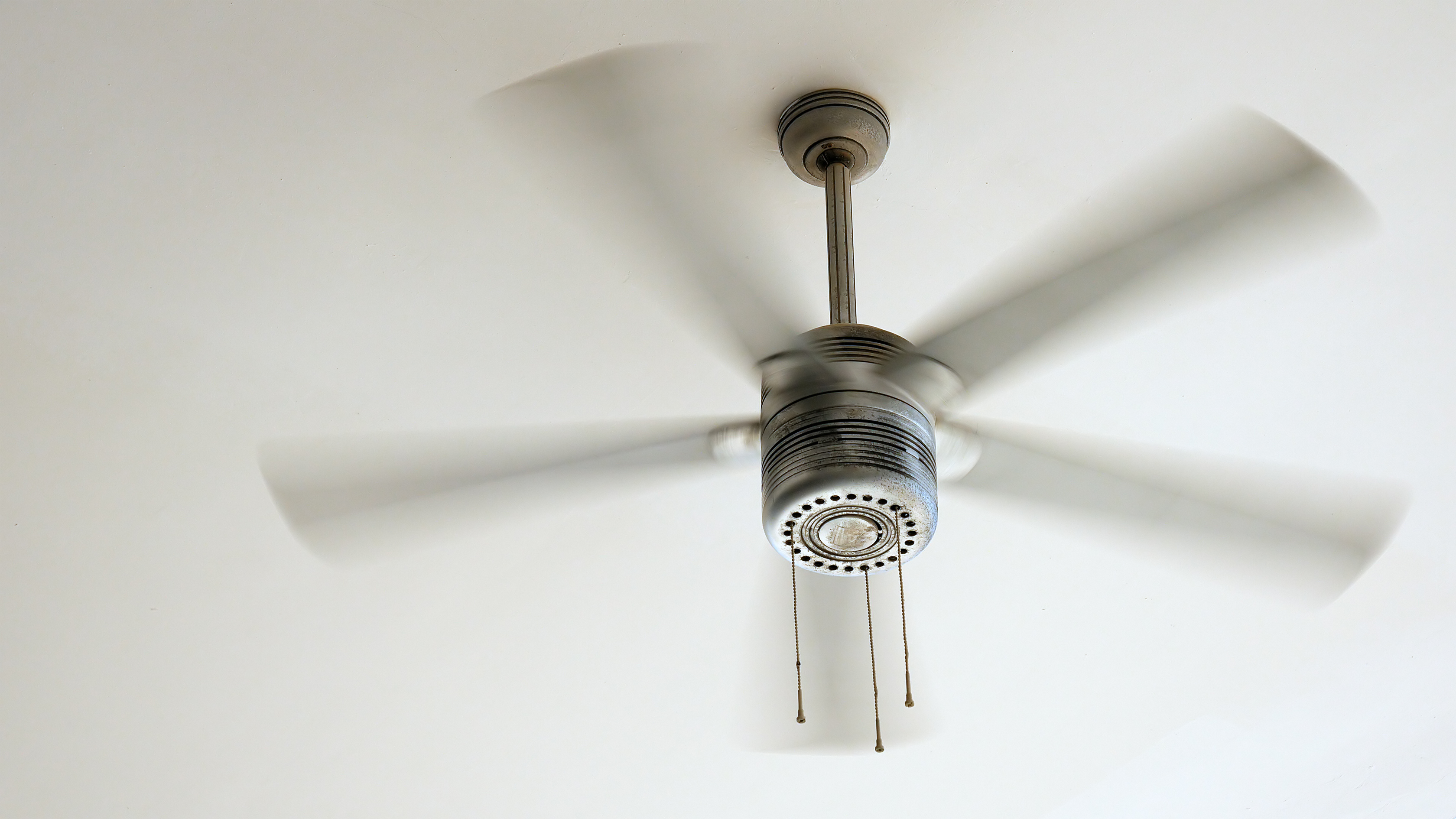

Articles
What Direction Should Ceiling Fan Turn In Summer
Modified: March 19, 2024
Discover articles on what direction your ceiling fan should turn in the summer and improve your comfort and energy efficiency.
(Many of the links in this article redirect to a specific reviewed product. Your purchase of these products through affiliate links helps to generate commission for Storables.com, at no extra cost. Learn more)
Introduction
A ceiling fan is a staple of many homes, providing not only essential comfort but also energy efficiency. During the scorching summer months, your ceiling fan can help keep your home cool and comfortable by circulating the air effectively. However, did you know that the direction in which your ceiling fan spins can have a significant impact on its cooling ability?
In this article, we will delve into the importance of understanding ceiling fan direction, particularly during the summer season. We will explore the benefits of using the correct ceiling fan direction for summer and provide practical tips on how to optimize your ceiling fan’s performance. So, let’s dive in and discover the optimal direction for your ceiling fan to turn in summer.
Key Takeaways:
- Optimize your ceiling fan’s performance by running it counterclockwise in summer. This creates a cooling breeze, reduces energy usage, and promotes a comfortable indoor environment.
- Easily change your ceiling fan’s direction for summer by using a remote control or switch. Follow simple steps to ensure optimal cooling and energy efficiency.
Understanding Ceiling Fan Direction
Before we discuss the ideal ceiling fan direction for summer, it’s crucial to understand the basic principles behind it. Ceiling fans typically have two settings: clockwise and counterclockwise. These settings determine the direction in which the blades rotate when the fan is turned on.
During the summer, the primary goal of a ceiling fan is to create a cooling breeze in the room. To achieve this, the fan needs to direct the airflow downwards. This creates a wind-chill effect, making you feel cooler even without lowering the actual temperature of the room.
When it comes to ceiling fan direction, it’s essential to remember the following:
- Clockwise rotation: In this setting, the fan blades spin in a clockwise direction when you look up at the fan. This direction is typically recommended for the colder months, as it helps in redistributing warm air that rises to the ceiling. However, using this rotation during the summer will not provide the desired cooling effect.
- Counterclockwise rotation: This is the optimal direction for ceiling fan operation during the summer season. When your fan rotates counterclockwise, the blades push the air down, creating a cool breeze. This airflow enhances evaporation, allowing sweat to evaporate more quickly from your body, making you feel cooler even in hot temperatures.
By understanding the importance of ceiling fan direction, you can maximize the cooling effect and ensure optimal comfort during the summer months.
Benefits of Correct Ceiling Fan Direction in Summer
Using the correct ceiling fan direction during the summer can offer several benefits that contribute to a more comfortable and enjoyable indoor environment. Let’s explore some of these advantages:
- Cooling Effect: When your ceiling fan spins in the counterclockwise direction during summer, it creates a noticeable cooling effect. The airflow generated by the fan helps to evaporate sweat from your skin, providing instant relief and making you feel cooler.
- Energy Efficiency: By using a ceiling fan in the correct direction, you can reduce your reliance on air conditioning, thereby saving energy and lowering your utility bills. Ceiling fans use much less electricity than air conditioners and can help to supplement their cooling effect, leading to energy savings.
- Distribution of Cold Air: Running your ceiling fan in the counterclockwise direction helps to distribute the cool air evenly throughout the room. This is especially beneficial if you have air conditioning, as it helps to prevent cold spots and promote consistent cooling.
- Reduced Strain on HVAC System: By using a ceiling fan to enhance airflow and create a cooling breeze, you can lessen the workload on your HVAC (heating, ventilation, and air conditioning) system. This can lead to longer-lasting equipment and lower maintenance costs in the long run.
- Noise Reduction: Ceiling fans operate quietly, providing a gentle and soothing background noise. This can be especially beneficial during hot summer nights, as the fan’s noise can help drown out other sounds and promote a more peaceful sleep environment.
By ensuring your ceiling fan is spinning in the correct counterclockwise direction during the summer, you can enjoy these benefits and make your living spaces more comfortable and energy-efficient. Now that we understand the advantages let’s explore how to change the ceiling fan direction for the summer season.
Ceiling Fan Direction for Summer – Clockwise or Counterclockwise
When it comes to the optimal ceiling fan direction for summer, the answer is counterclockwise. Running your ceiling fan in this direction creates a cooling breeze that helps to keep you comfortable during the hot months. But how exactly do you determine the direction in which your fan is spinning and how to change it?
To determine the current direction of your ceiling fan, stand directly beneath it and look up. If the blades are rotating in a counterclockwise direction, you’re all set for summer. However, if they’re moving clockwise, you’ll need to switch the direction to unlock the cooling benefits.
Changing the ceiling fan direction is usually a straightforward process and can be done through one of two methods:
- Using a Remote Control: If your ceiling fan comes with a remote control, look for a direction button or switch on the remote. Press the appropriate direction button to change the fan’s rotation from clockwise to counterclockwise or vice versa. Refer to the fan’s manual for specific instructions on changing the direction using the remote control.
- Using a Switch on the Fan: Alternatively, your ceiling fan may have a switch located on the base or housing of the fan itself. Locate the switch, usually labeled “Forward” and “Reverse” or “Summer” and “Winter.” Flip the switch in the opposite direction to change the rotation from clockwise to counterclockwise or vice versa. Remember to turn off the fan before flipping the switch to avoid any accidents.
After changing the ceiling fan direction to counterclockwise, make sure the fan is running at the appropriate speed for optimal cooling. Higher speed settings tend to produce a stronger cooling breeze, while lower speeds provide a more gentle airflow. Adjust the fan speed according to your comfort level and personal preference.
Now that you know how to change the ceiling fan direction, let’s explore some practical tips for optimizing your fan’s performance in summer.
In the summer, your ceiling fan should turn counterclockwise to create a cool breeze. This will help to make the room feel cooler and reduce the need for air conditioning.
How to Change Ceiling Fan Direction for Summer
Changing the direction of your ceiling fan for summer is a simple process that can be done in a few easy steps. Let’s walk through the process:
- Turn off the fan: Before attempting to change the direction, ensure that the fan is switched off. This will prevent any accidents or injuries during the process.
- Locate the switch: Depending on the model of your ceiling fan, the direction switch can be found on the remote control, the base of the fan, or on the motor housing. Refer to the fan’s manual for specific instructions on the location of the switch.
- Flip the switch: Once you’ve located the switch, flip it in the opposite direction. For most fans, flipping the switch downward sets the fan to run in a counterclockwise direction, which is ideal for summer.
- Test and adjust the fan speed: After changing the direction, turn on the fan and observe the blades’ rotation. They should now be moving in a counterclockwise direction. If not, repeat the process and make sure the switch is set correctly. Additionally, you can adjust the fan speed according to your preference. Higher speeds provide a stronger cooling breeze, while lower speeds offer a more gentle airflow.
- Enjoy the cooling breeze: With the ceiling fan now running in the correct counterclockwise direction, you can enjoy the benefits of a cooler and more comfortable indoor environment during the summer months.
It’s worth noting that not all ceiling fans have a direction switch, especially older models. In such cases, consult the fan’s manual or contact the manufacturer for guidance on how to change the direction.
By following these simple steps, you can easily change the ceiling fan direction and optimize its performance for the summer season. Now, let’s explore some additional tips to enhance the effectiveness of your ceiling fan during hot summer days.
Read more: What Way Should Ceiling Fan Turn In Summer
Tips for Optimizing Ceiling Fan Performance in Summer
While changing the direction of your ceiling fan is essential for optimal cooling during the summer, there are a few additional tips you can follow to enhance its performance. Let’s take a look at these tips:
- Adjust the fan speed: Experiment with different fan speeds to find the right balance of airflow and comfort. A higher speed setting can create a stronger cooling breeze, while a lower speed setting provides a more gentle airflow.
- Keep the fan blades clean: Dust and debris can accumulate on the fan blades, causing them to operate less efficiently. Regularly clean the blades to ensure maximum airflow and prevent any unnecessary strain on the motor.
- Take advantage of ceiling fan direction in other rooms: While the counterclockwise direction is recommended for cooling in most rooms, consider adjusting the direction in rooms that receive a lot of sunlight or have high ceilings. A clockwise direction can help distribute warm air evenly in these areas during the summer.
- Use a ceiling fan in conjunction with air conditioning: Ceiling fans can supplement the cooling effect of air conditioning by circulating the cool air more efficiently throughout the room. This allows you to set your air conditioner at a slightly higher temperature, saving energy and reducing your utility bills.
- Consider the fan’s size and placement: Ensure that your ceiling fan is the appropriate size for the room. A larger room may require a larger fan with longer blades to effectively circulate the air. Additionally, place the fan in the center of the room for optimal airflow distribution.
- Make use of fan direction reversal during winter: Once the summer season ends, remember to change the fan direction back to clockwise during the winter months. This allows the fan to push warm air down towards the living space, helping to improve heating efficiency.
By following these tips, you can optimize the performance of your ceiling fan and create a more comfortable indoor environment during the summer season. Now that you have a better understanding of how to optimize your ceiling fan, let’s summarize the key points.
Conclusion
In conclusion, understanding the direction of your ceiling fan and optimizing its performance during the summer season is crucial for maintaining a cool and comfortable indoor environment. By running your ceiling fan in the counterclockwise direction, you can create a cooling breeze that promotes evaporation and helps you feel refreshed, even in the hottest months of the year.
Changing the direction of your ceiling fan is a simple process that can be done either through a switch on the fan itself or using a remote control. By following a few easy steps, you can ensure that your fan is spinning in the correct direction and maximizing its cooling benefits.
In addition to changing the fan direction, there are various tips you can follow to optimize your ceiling fan’s performance. Adjusting the fan speed, keeping the blades clean, and considering the fan’s size and placement are just a few ways to enhance the effectiveness of your ceiling fan during the summer season.
Using a ceiling fan in conjunction with air conditioning and taking advantage of direction reversal during winter are other strategies to save energy and improve heating and cooling efficiency in your home.
Remember, a well-maintained and properly utilized ceiling fan can make a significant difference in your comfort and energy consumption. So, take the time to ensure that your ceiling fan is running in the correct direction for summer and apply these tips for optimal performance.
Stay cool, comfortable, and energy-efficient all summer long with your well-operating ceiling fan!
Frequently Asked Questions about What Direction Should Ceiling Fan Turn In Summer
Was this page helpful?
At Storables.com, we guarantee accurate and reliable information. Our content, validated by Expert Board Contributors, is crafted following stringent Editorial Policies. We're committed to providing you with well-researched, expert-backed insights for all your informational needs.
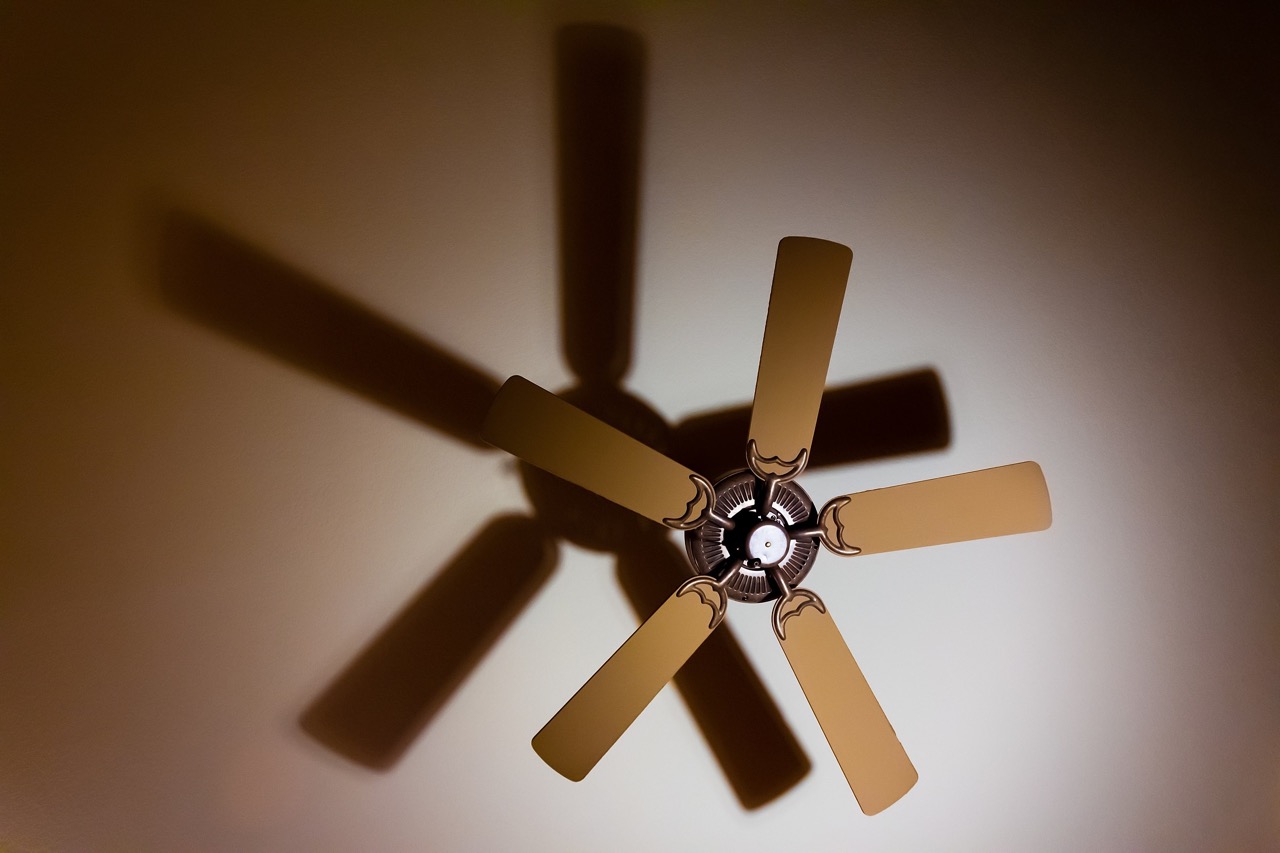
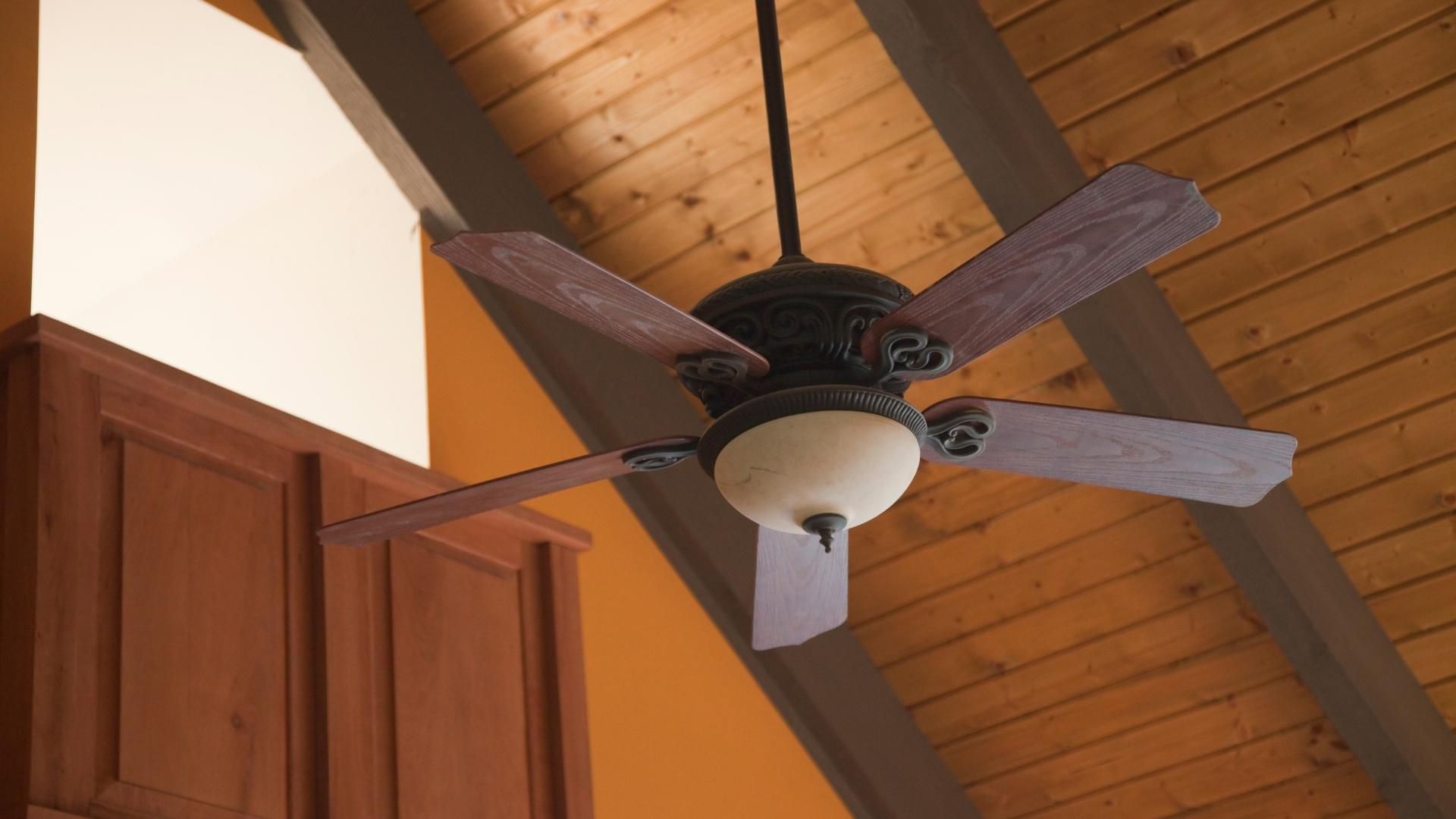
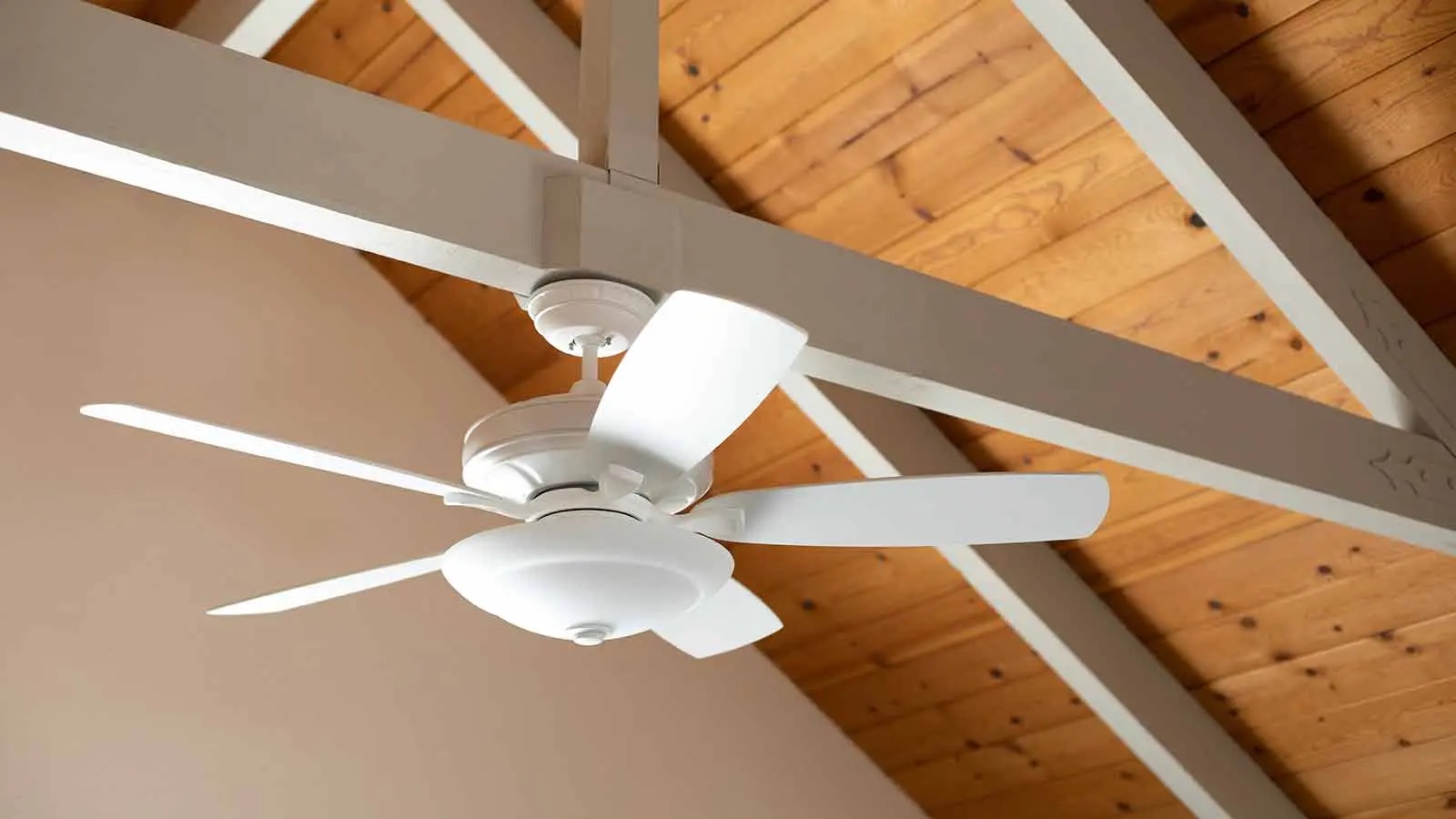
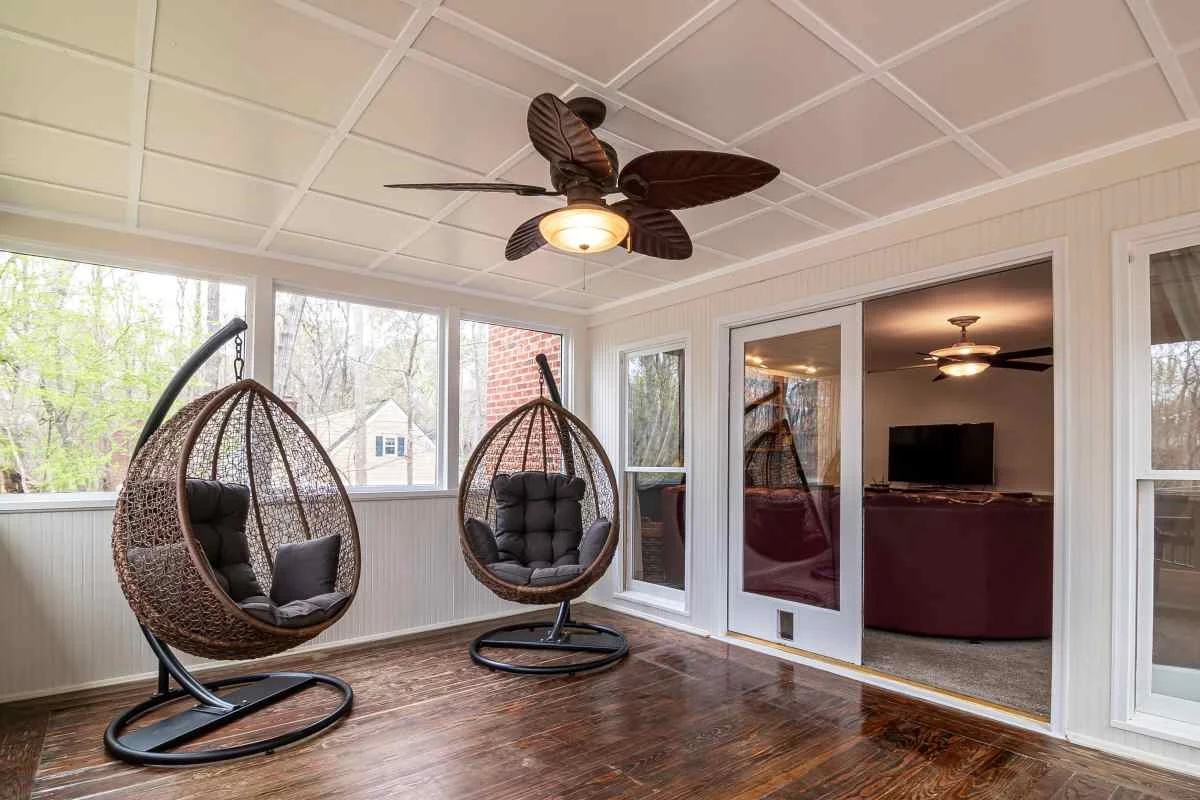
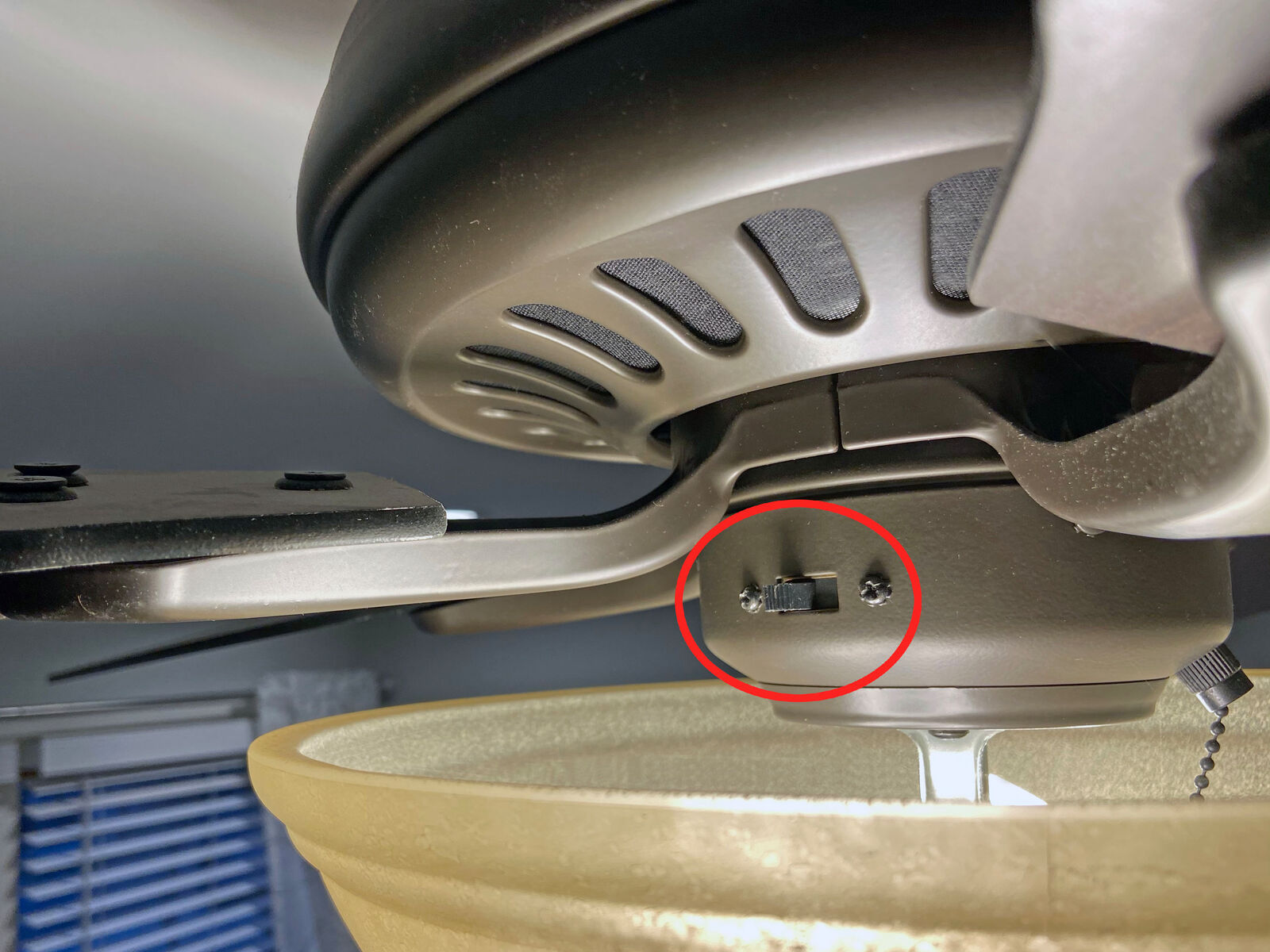
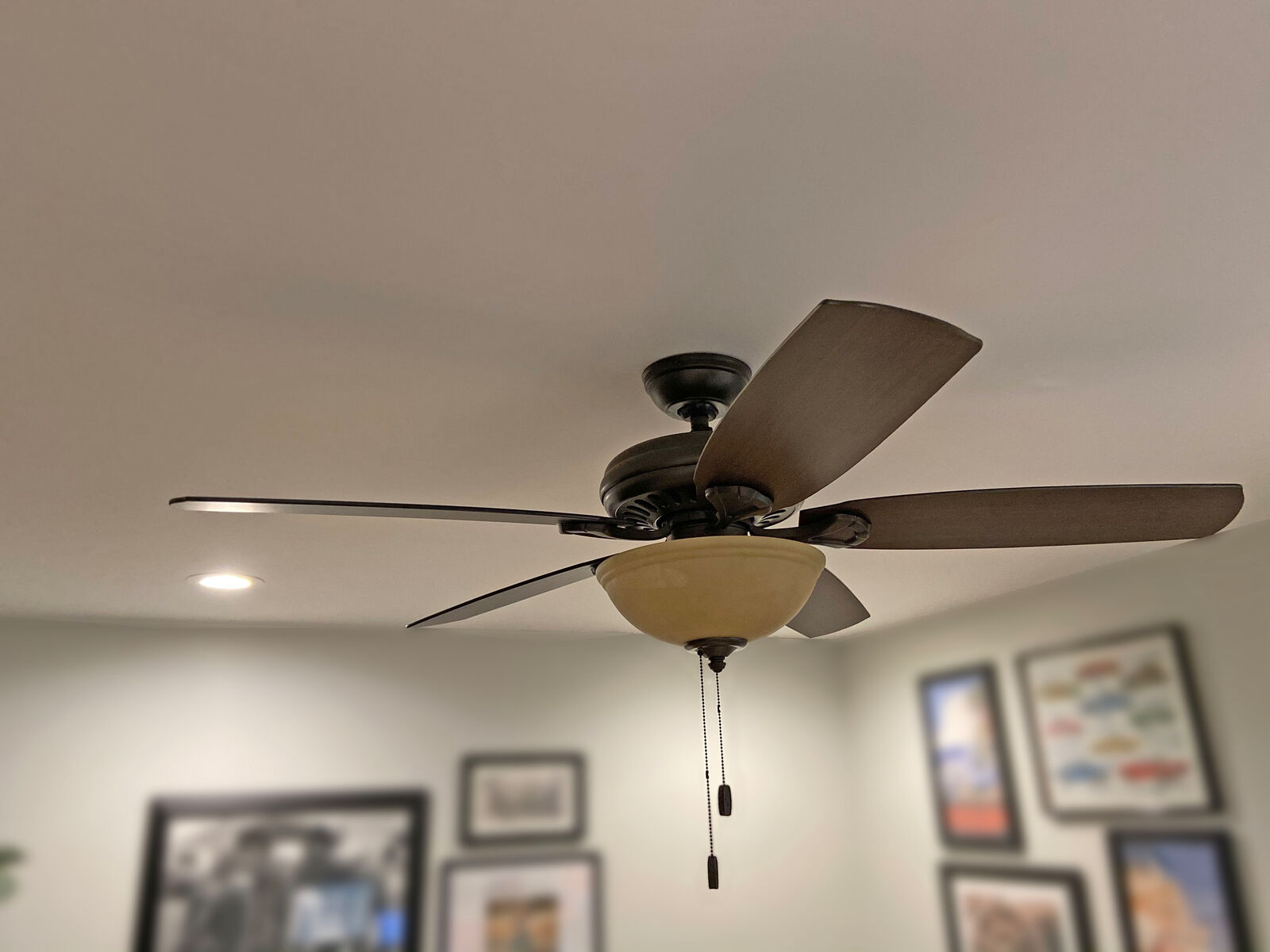
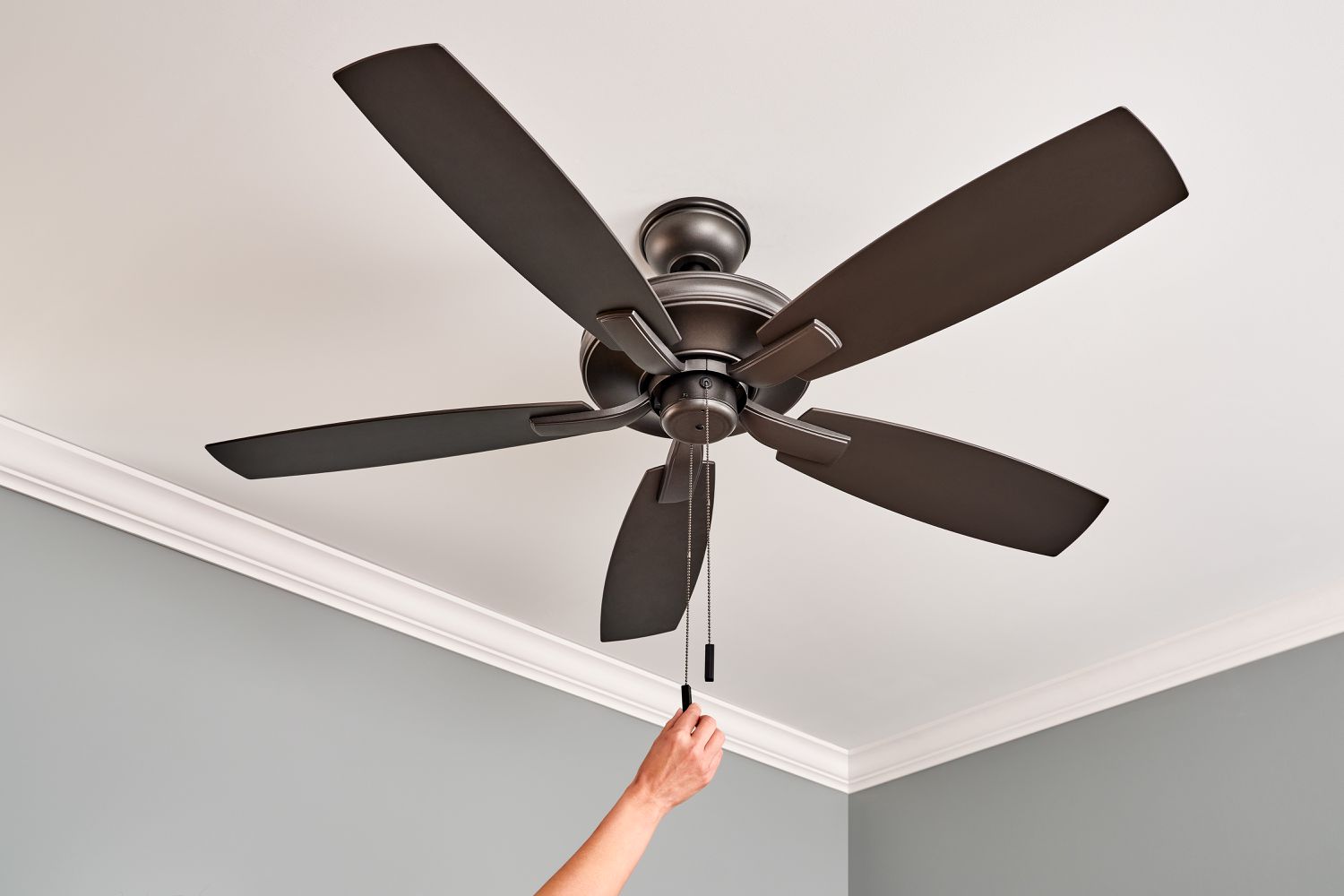
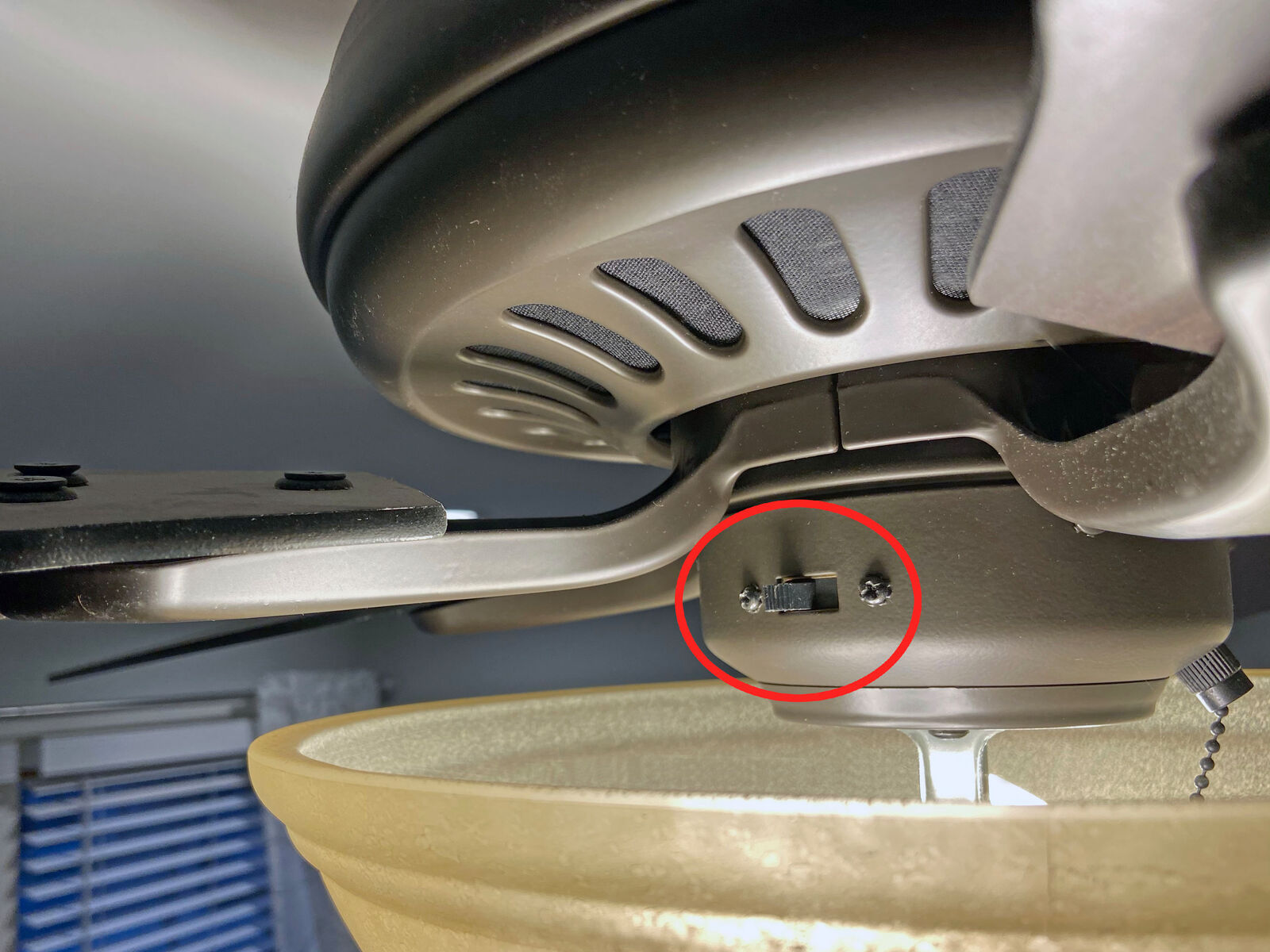

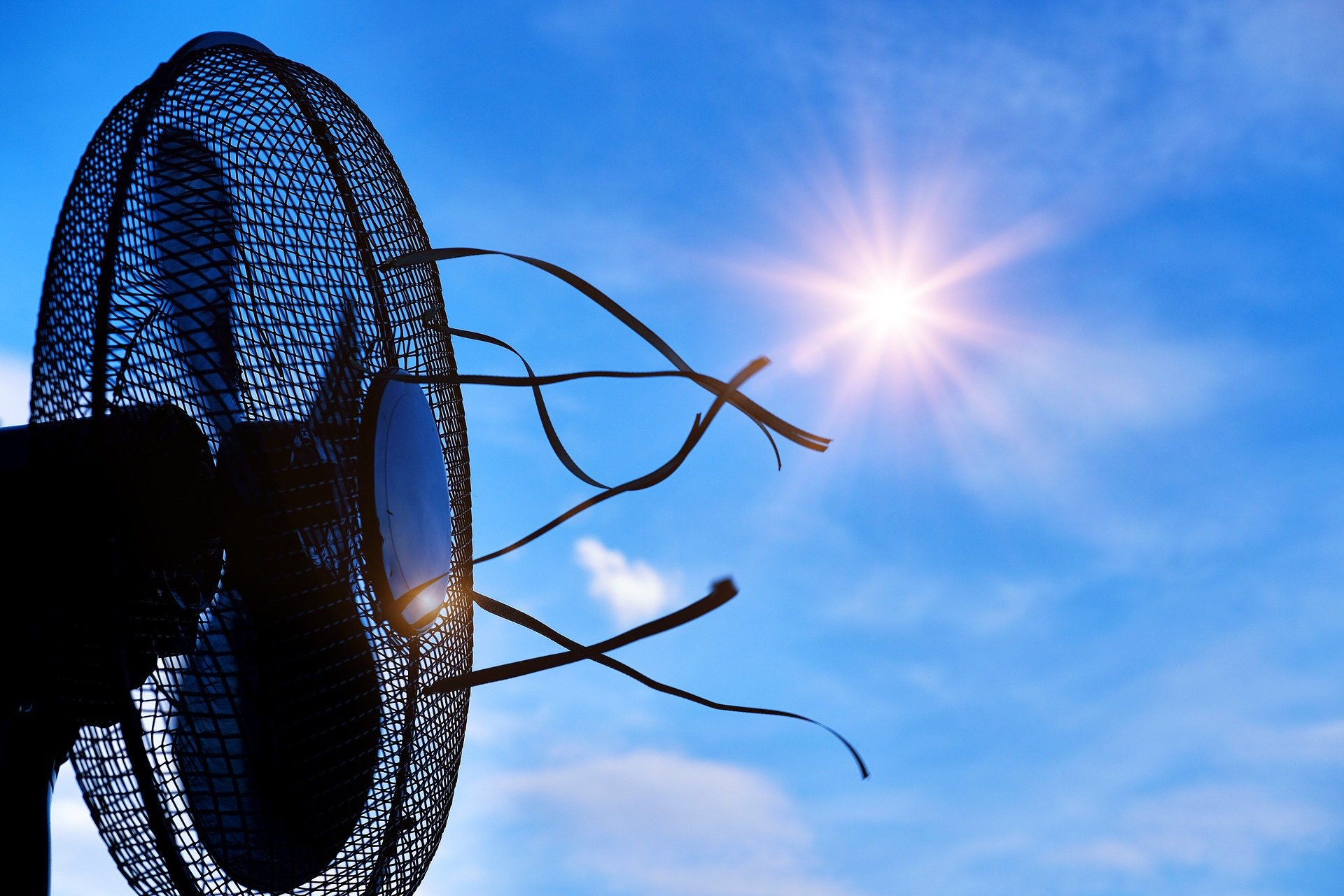
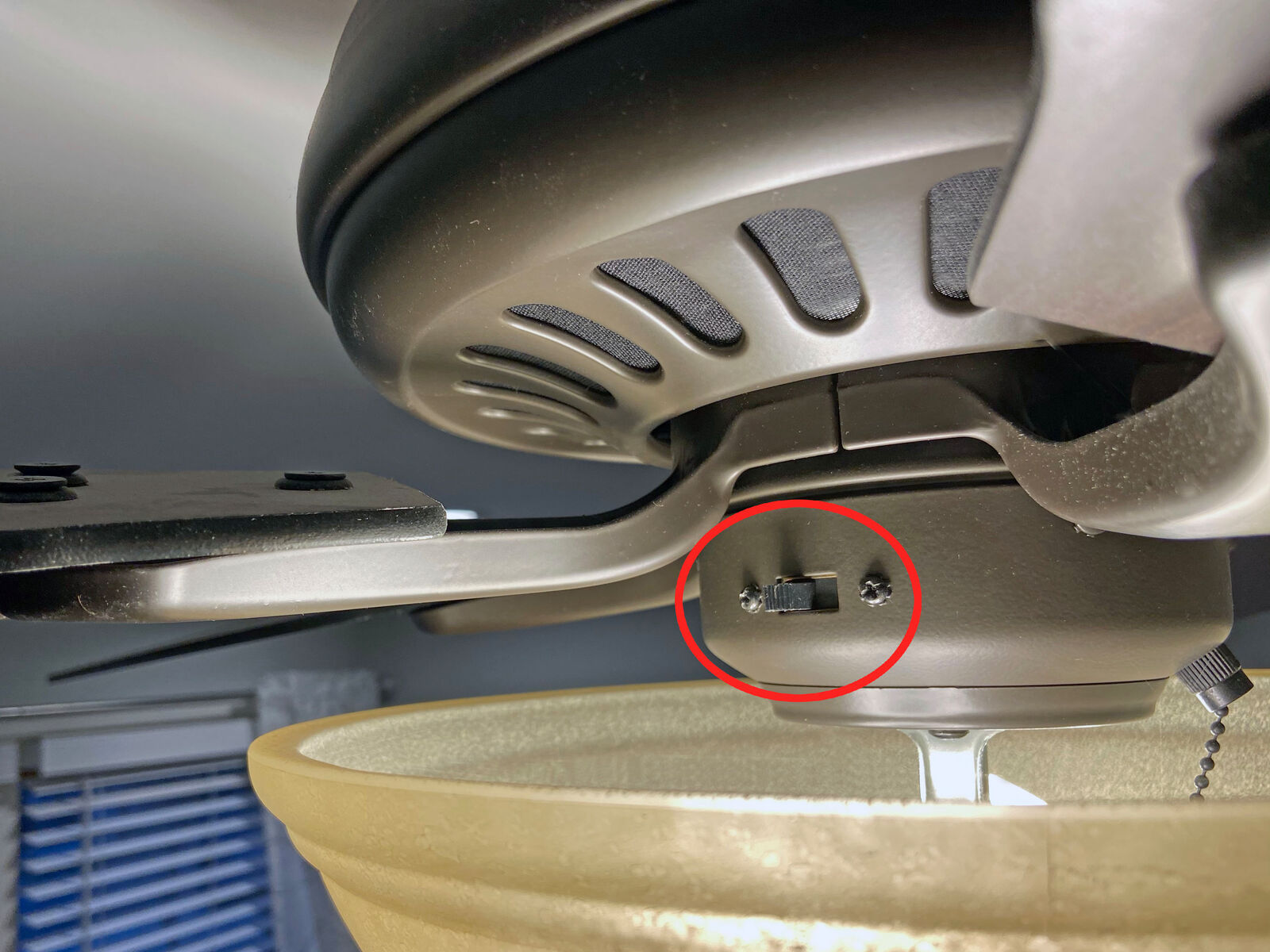
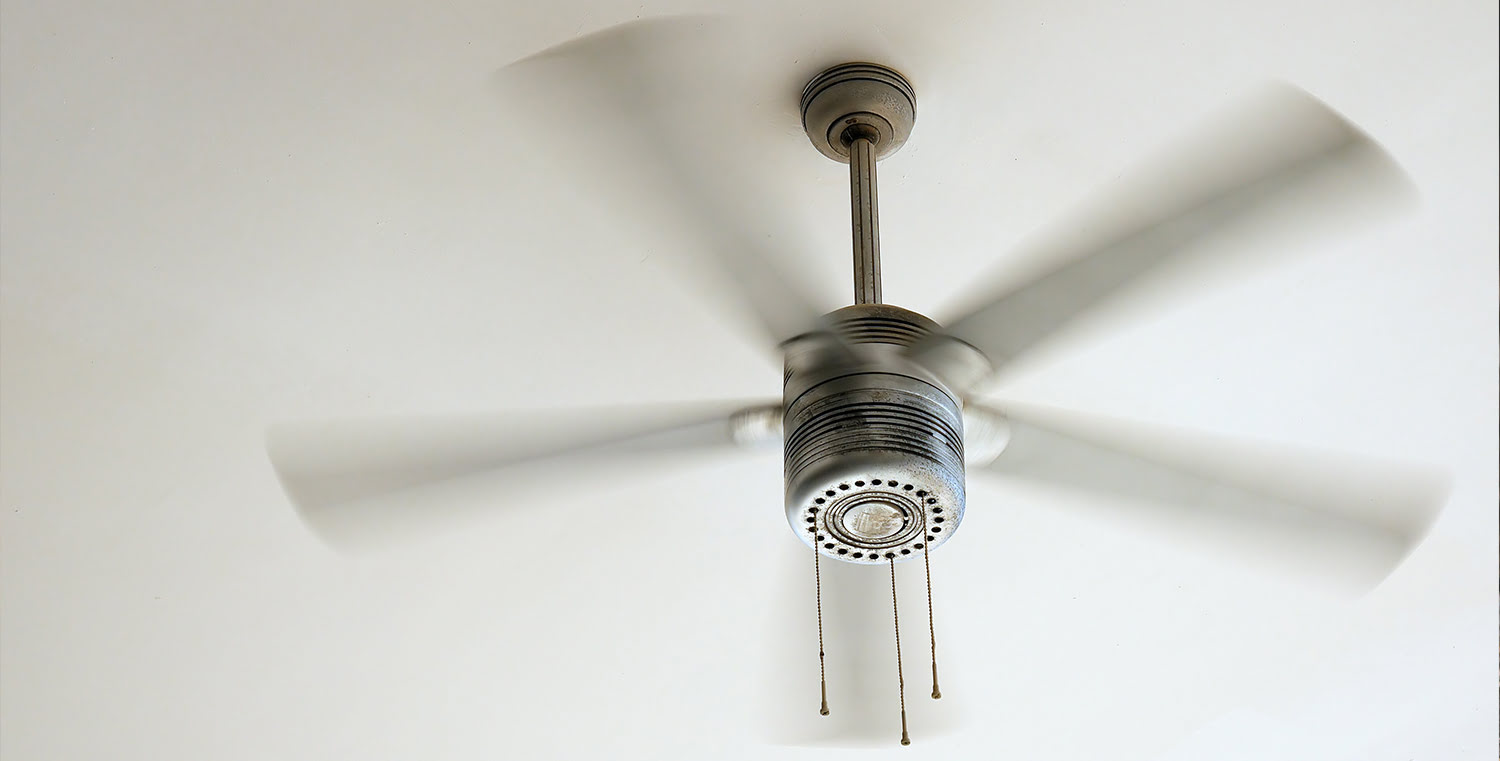
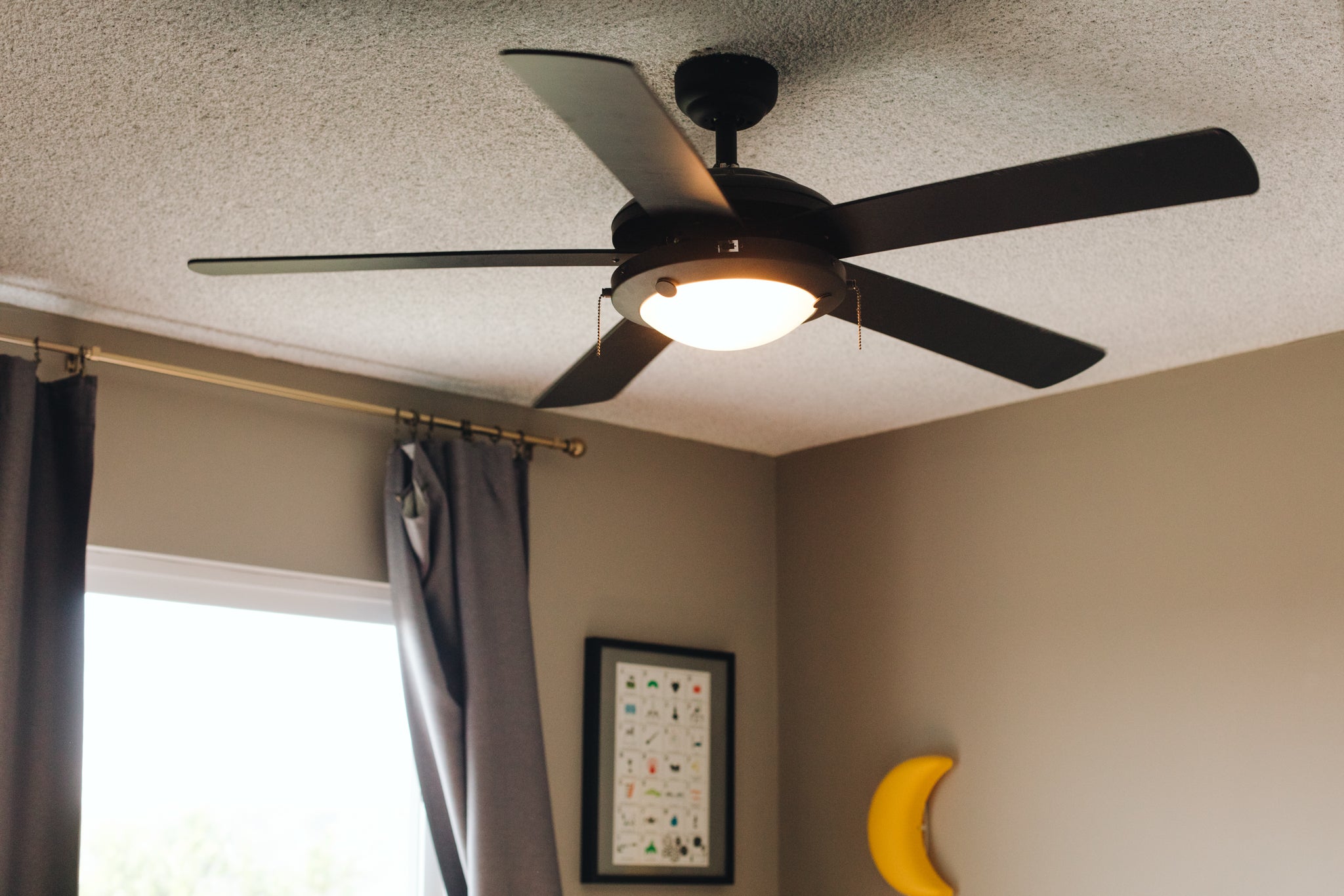
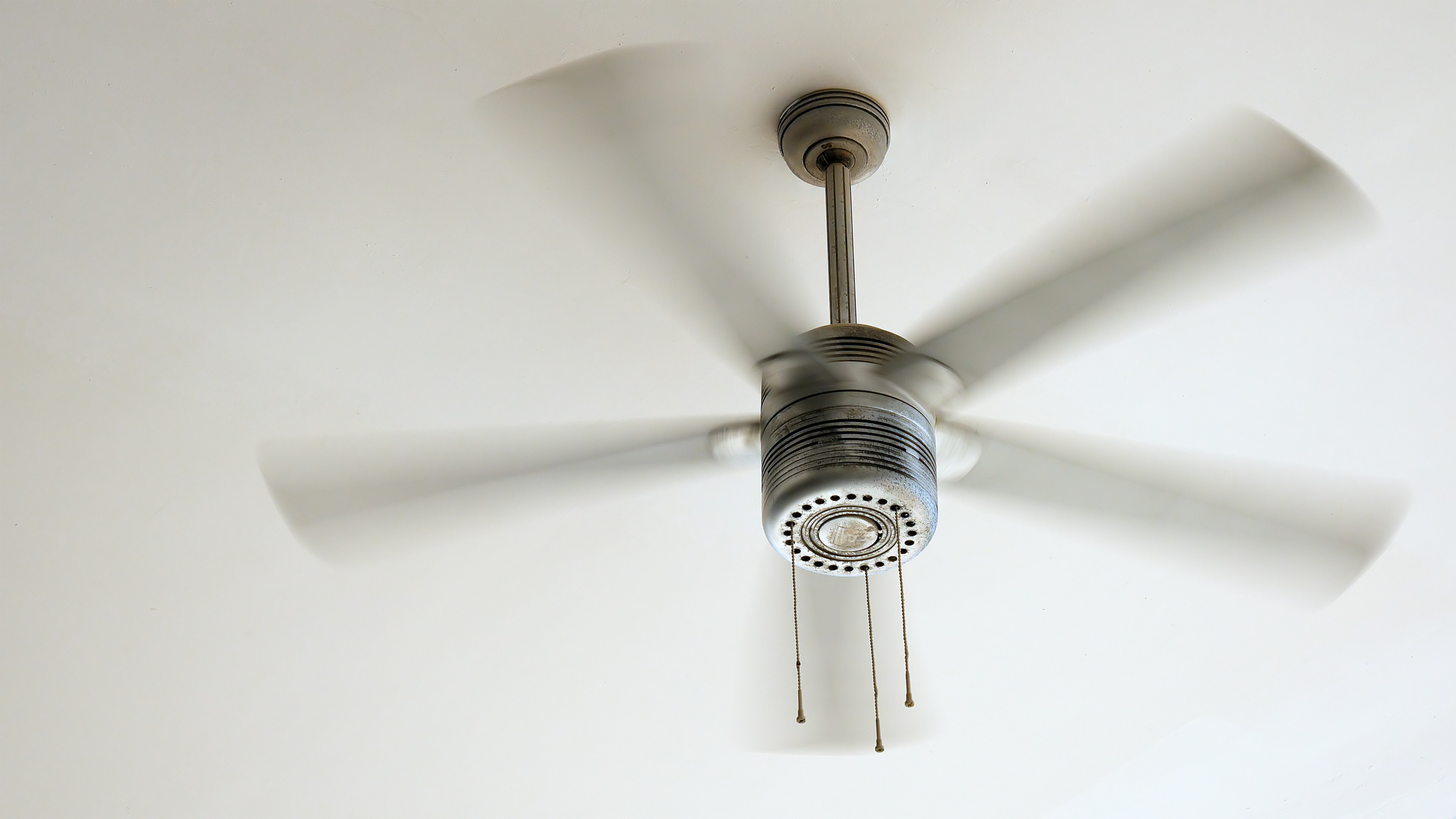

0 thoughts on “What Direction Should Ceiling Fan Turn In Summer”